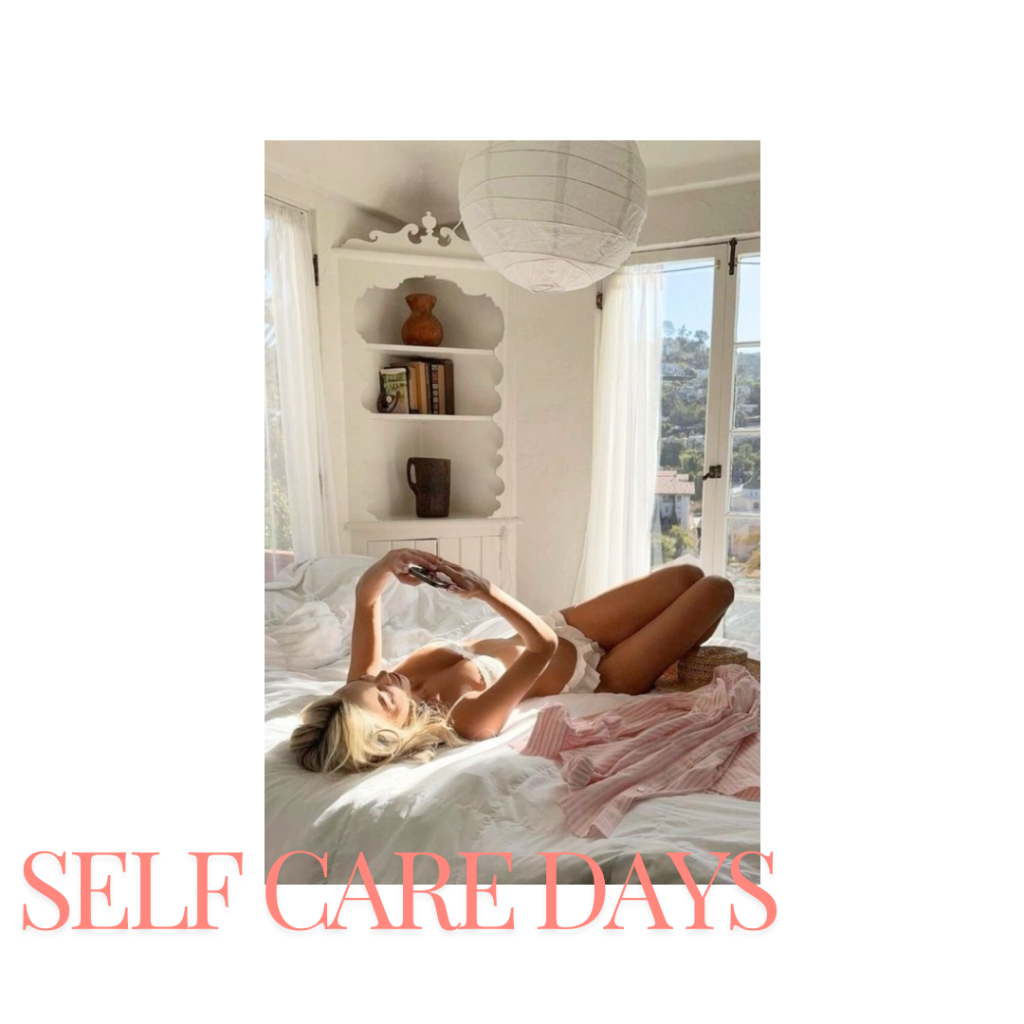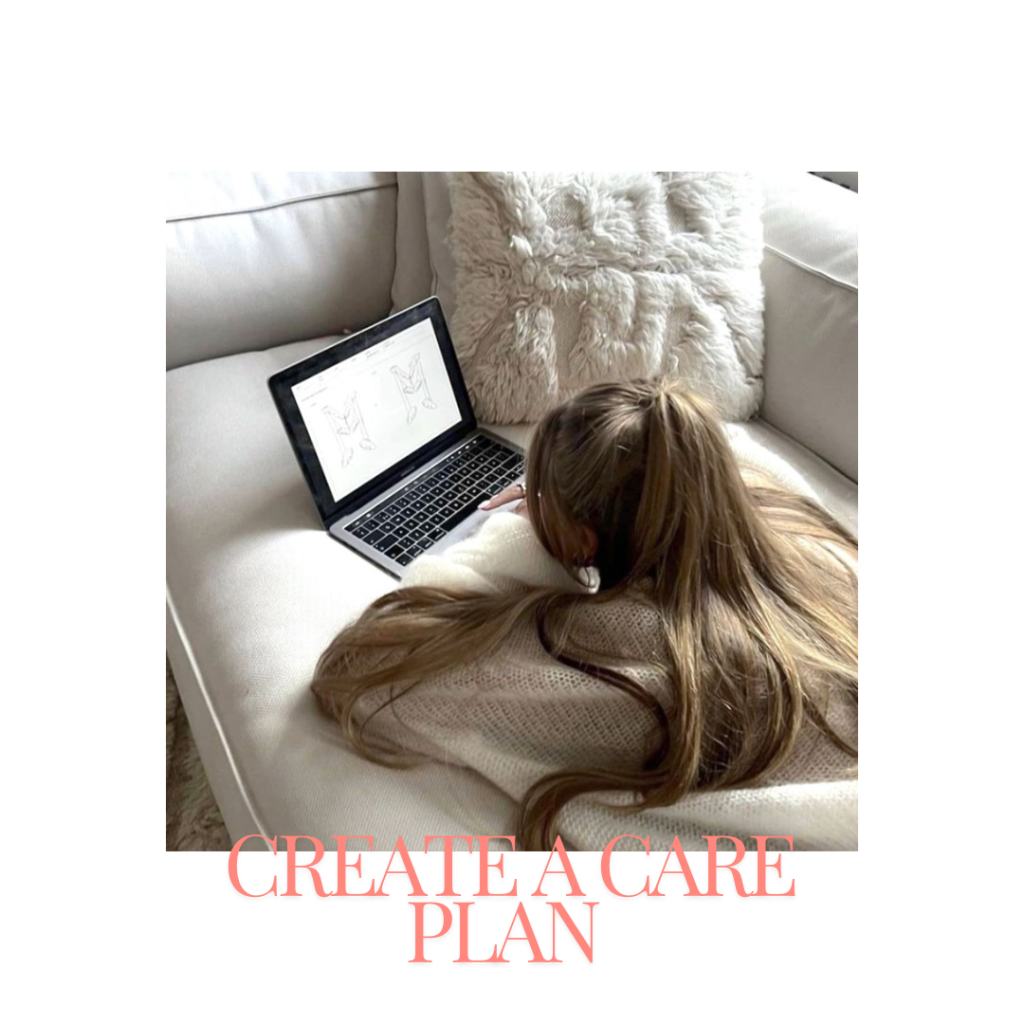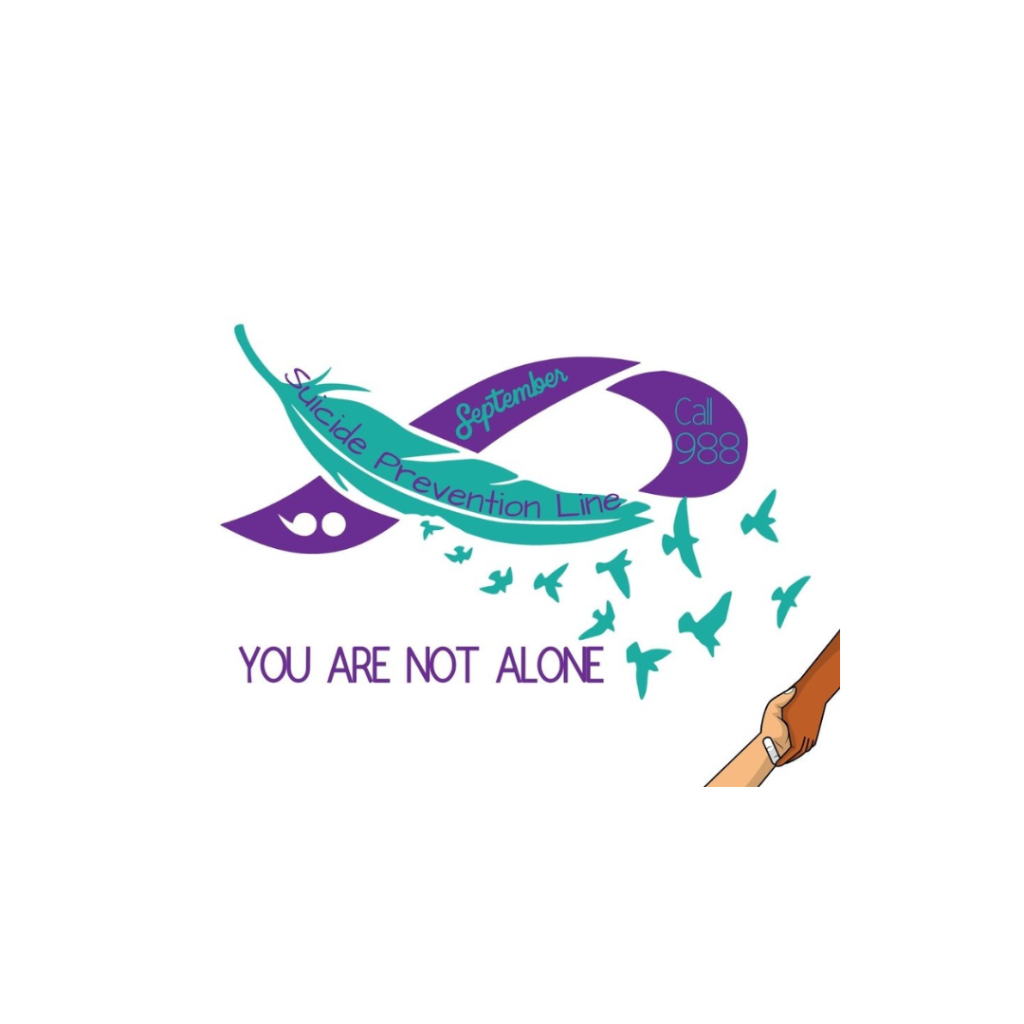Five Favourite: Mental health Musts for Dancers.
- gracemcloughlin15
- Sep 11, 2024
- 5 min read
Updated: May 19
A dancer’s aestheticism conquers a dancer’s athleticism. Effortless and artistic performance conquers physical and emotional rollercoasters.
Injuries, discipline, aches and pains…
Perfectionism, criticism, exhaustion…
Depression, eating disorders, suicide…
The mental health of a dancer is often subject to neglect. Like a beautifully painted canvas hiding the decaying wood behind it, flawless skill and execution of a dance hides the mental pain behind the training. The ribbons on your pointe shoes are weighted. Despite the intense and busy schedule behind a dancer, an expectation to take care of your brain is a pressure not easy to direct independently.
My five favourites to improving mental health as a dancer will help you achieve a healthy and balanced approach towards your practice.

Self Care Days
I am asking you to let go of judgement. I am asking you to defy your thinking style.
Perfectionist tendencies and adrenaline are partners in crime sneaking around your organs, blood, and bones with a sly smirk, searching for the signals your brain sends for rest and crushing them into oblivion. They remind you that if you rest, you are a failure; they remind you that if you rest, you are lazy; they remind you that if you rest, you are not good enough.
(Spoiler alert – they are liars.)
The most beneficial step to looking after your mind and body as a dancer is to schedule days for self-care. On a Sunday evening, when you feel overwhelmed by the busy week ahead, you MUST schedule and commit time to yourself.
My self-care days often entail herbal teas, hot bubble baths, candles, blankets, face masks, comfort shows, baking and cozy clothing.
You MUST give yourself permission to do the things that make you feel well, healthy, and happy- replacing adrenaline with serotonin.

Create a Care Plan.
The mind of a dancer is fragile; the mind of a dancer is unique. We each have different needs when prioritising our mental health and you MUST create a care plan tailored to you. The best care plan is made on a scrap paper with fun stickers and colouring pens, the best care plan is made investing time into yourself, the best care plan can be constructed with these steps…
Step One: Think long-term.
Thinking long-term involves learning about yourself and understanding the signs which indicate mental struggle.
Common symptoms noticed within the body are fatigue, sleep disturbance, headaches, and nausea whilst common symptoms noticed mentally or emotionally are indecision, tearfulness, irritability, hopelessness and losing interest in things.
When you begin to notice an increase of these symptoms, you MUST take preventive action before it reaches an insufferable and dangerous stage. My favourites are connecting with friends and family, consistent journaling, hydrating and nourishing my body appropriately and resting.
Step Two: Think short-term.
Thinking about the short-term is more of an emergency reaction. I use my short-term plans when I immediately recognise a stressor, such as a triggering comment, or when I suddenly have an outburst.
In episodes of sudden stress, guilt, anxiety or anger, we turn to quick and relaxing activities which calm the nervous system. My favourites are essential oils which I carry with me, having a cold shower, going for a walk or scribbling on paper.
Other ideas are listening to music, calling a close friend or family member, reaching for a fidget toy or weighted blankets.
Step Three: Think you.
Taking care of your mind should not only be done when you reach your lowest point. You deserve care every day.
Write a list of all your favourite things and make time for some at least three times a week.
My favourites are watching Tim Burton films, going to my local bakery for fresh fruit and pastries, picnics at the beach with friends, experimenting with makeup and baking recipes, and painting fun Pinterest designs.

Write a Letter To Your Younger Self.
I wish no dystopian world of hate, pressure and unrealistic expectation upon my younger self- especially if the rejection and worthlessness was sourced from my own brain. Instead, I adore and idolise the passion, excitement and vitality within my younger self and sometimes need to remind myself that they are qualities to value and keep close to my chest, like my first, pink ballet cardigan I wore daily at the age of three.
Treat yourself the way you would treat others; treat yourself the way you want others to treat you.
Treat yourself the way you want your younger self to be treated; treat yourself the way you would treat your younger self.
If you could have a conversation with your younger self, focusing on protecting her worth, love and devotion, how would you approach it? What qualities do you love? What should she value? What is she good at? What potential does she have?

Practice Gratitude
A healthy dancer. I want you to be a healthy and happy dancer.
By healthy, no, I don’t mean the dancer who is the smallest, the dancer who moves the most or the dancer who eats the least. I mean the dancer who practices gratitude.
The dancer who respects and appreciates their body, treats their body with kindness and empathy. The dancer who gives thanks to their body for allowing it to possess artistic creativity and flow, and strength and endurance. The dancer who nourishes her body in return for the skill and passion it provides you as an outlet. The dancer who treats their body like the only pearl at the bottom of the ocean.
Do gentle movements and write in a gratitude journal as a beginning step.
Be the dancer with life and vitality. Focus on what your body does.

Reframe to Self Compassion
Self-compassion and the growth mindset.
The nasty, unkind and inappropriately tense dancer- sit with that label. Sit with the discomfort of that identity for a second. Gradually, recognise that this dancer has no place in your identity and shift the focus on the pleasant, motivating and inspired dancer. A hard pill to swallow; the unkind dancer has no place in your identity, even when the hate is targeted at yourself.
We think that beating ourselves up and manipulating ourselves into achieving is the catalyst to our goals and dreams, though dancers MUST approach this with self-compassion and the growth mindset.
Setting yourself realistic goals as a systematic process and engaging in a mindful journey. Think about the steps you can take to meet your goals and focus on the specific outcome, measurable progress, relevance to your practice and the time frame you are aiming to complete this goal. After you have overcome each step, write in a journal about things you learnt, things you are proud of and what challenges you managed to avoid being critical.










Comments